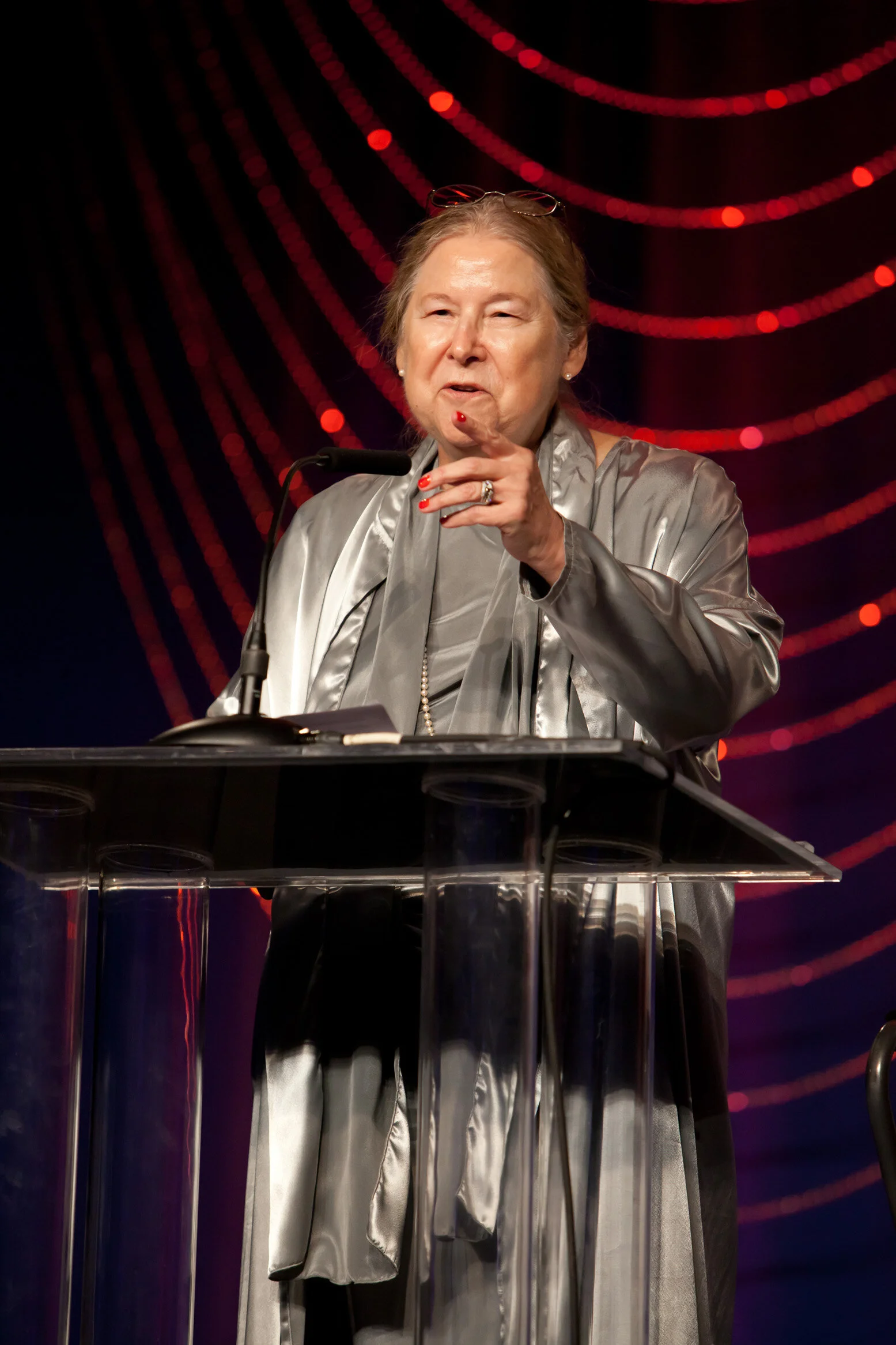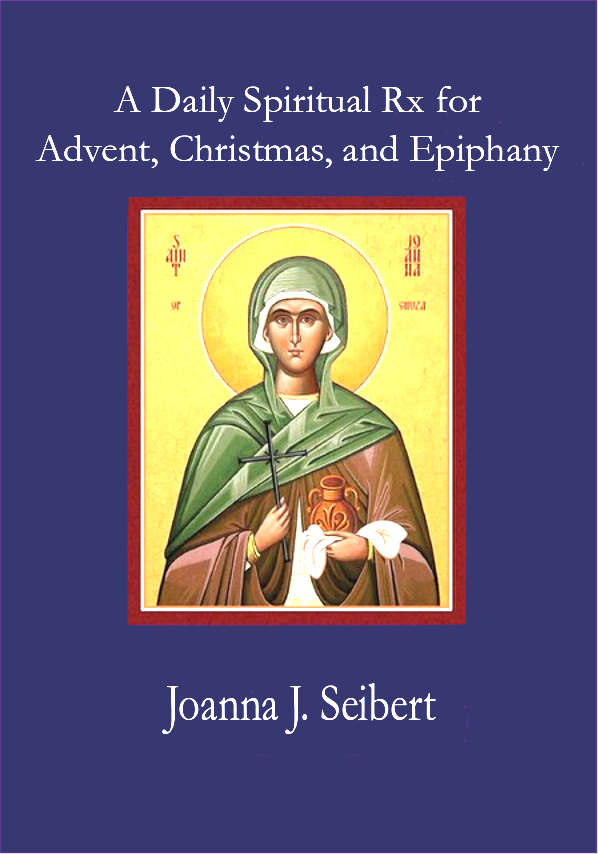“For whatever reason, God never seems to shout when trying to get my attention. God always uses his “inside voice,” as my mother used to call it. Shouting, and calling, and crying out, and throwing people off their horses is great stuff, but that’s not how I hear God. I hear God in a whisper; in a look; in a turn of the head; in a subtle expression on a face.”
—Br. James Koester, SSJE, in “Brother, Give Us a Word,” a daily email sent to friends and followers of the Society of Saint John the Evangelist, a religious order for men in the Episcopal/Anglican Church. www.ssje.org.
The irony here is that as we read this from Br. Koester about God speaking to us in God’s inside voice, I am practicing preaching with all my might with my outside voice. My voice is soft. It is a legacy from my father who was soft spoken. It is a blessing and an impediment. It is a blessing as I talk to people and can more easily relate to them as a gentle listener. But when I stand in the pulpit to preach the word of God or speak out to a group, I have always had difficulty projecting that message even with good amplification. My husband always sits in the back of any congregation or meeting giving me signs that I need to increase my volume. I have spent years working with an amazing speech pathologist, but still have to push my voice. Anyone with a hearing impairment may have special difficulty hearing me.
My present rector has taken me on as a project, helping me learn to increase my volume. He let me read a prayer outside at a burial office as an “audition” to see if I had an outside voice. Yesterday I preached at a church without amplification. I felt as if I were shouting the whole time.
So what is the point of all this in reference to our relationship with God? For me, I am just acutely aware of what an inside voice sounds like and what my outside voice sounds like. My connection to God does indeed come in the form of an inside voice quietly slipping in. I also know we hear these soft messages at moments when we least suspect the voice of God, usually in interruptions of our daily routine.
God also seems to speak most clearly in Advent in an inside voice—while the world is more than ever blasting at us in outside-voice mode.
I am wondering, however, if God also speaks to us with an outside voice, and we just never hear it because we have come to expect only the inside, quiet connection.
Does God’s outside voice also speak at the least expected times by least expected people we don’t usually listen to—or maybe don’t even want to listen to?
For the present, my best experience with God’s outside voice is in my dreams. Eventually my dreams become louder, insistent, and messy if I don’t pay attention to them.
Joanna . joannaseibert.com





